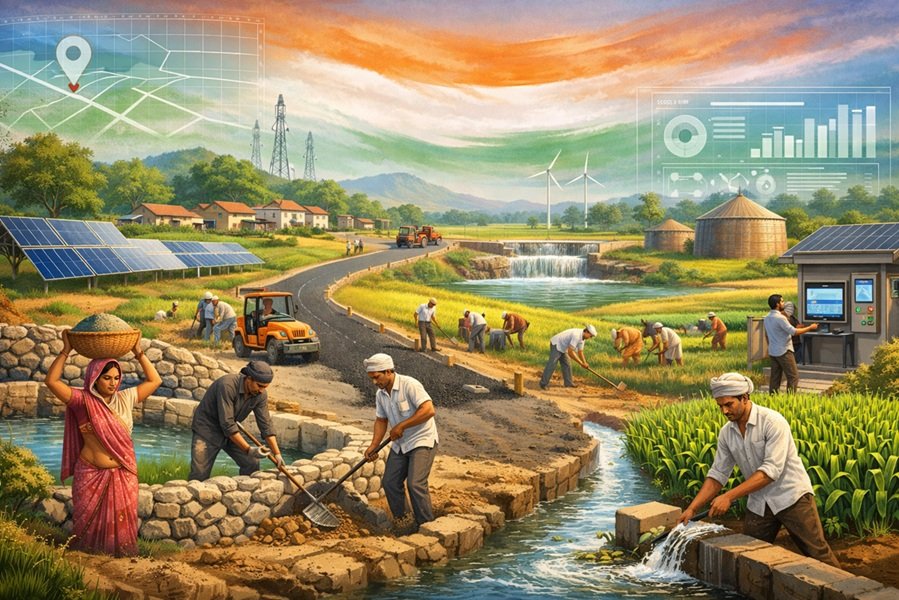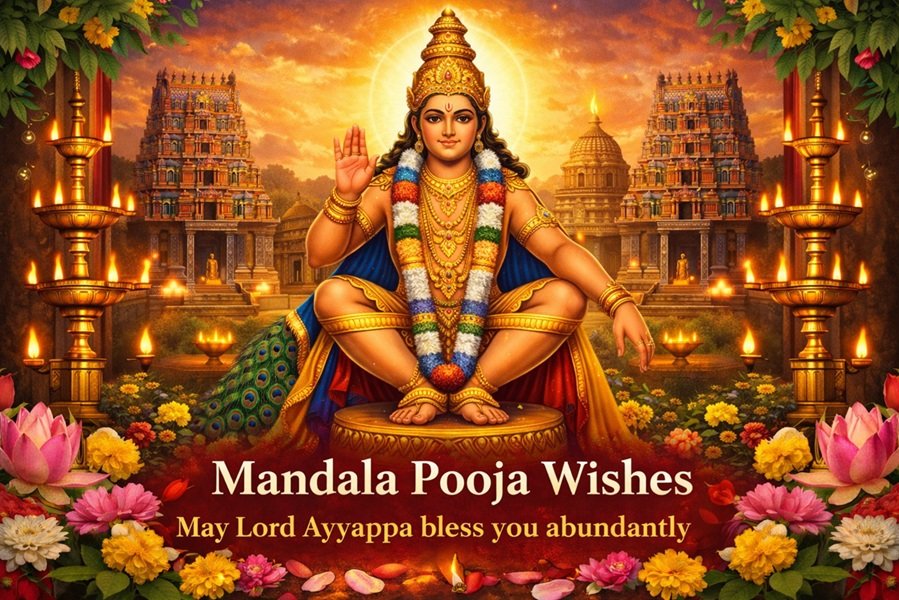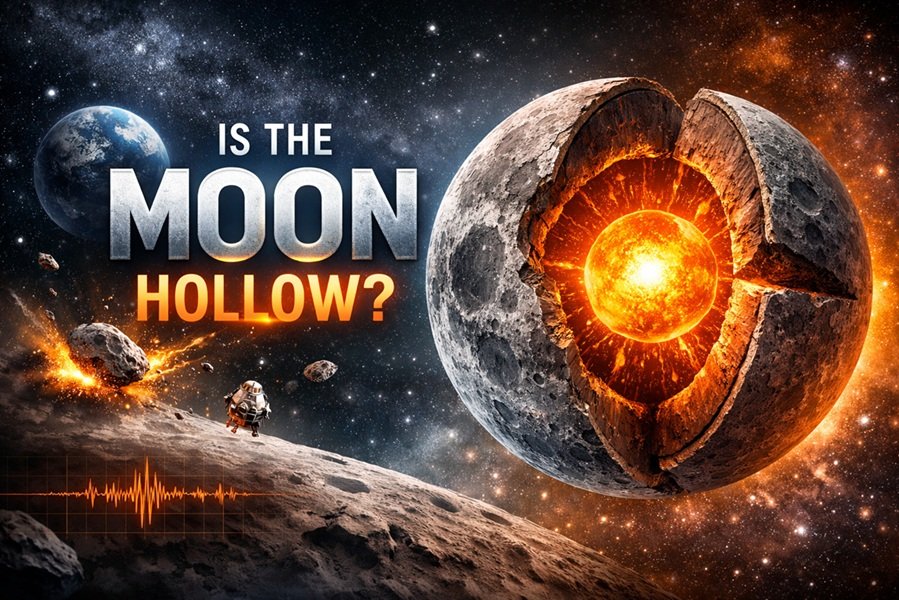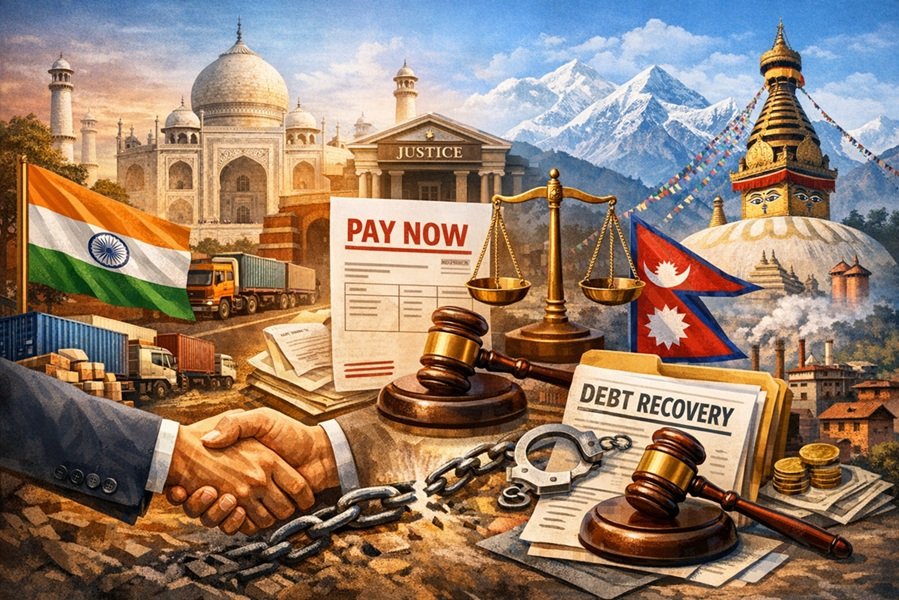
In the past few years, Korean dramas — popularly known as K-dramas — have become a massive cultural phenomenon in India. Once considered a niche genre, K-dramas have now entered mainstream entertainment spaces across Indian cities, small towns, and even rural areas. Platforms like Netflix, Amazon Prime Video, Viki, and even YouTube have fueled this rise, offering Indian viewers easy access to high-quality Korean storytelling.
Explore:
- 5 Best Crime Thriller Movies to Watch on YouTube
- Websites To Download Hollywood Movies For Free In 2025
- Where’s the World’s Largest Film Studio Located?
But what exactly is driving this surge in popularity? Let’s dive deep into the reasons behind the love affair between Indian audiences and Korean dramas.
1. Relatable Storylines and Emotional Depth
Unlike typical Western TV series that often focus heavily on crime, fantasy, or superheroes, many Korean dramas revolve around simple yet emotionally rich stories — love, family dynamics, friendship, sacrifice, ambition, and personal growth.
Indian audiences, raised on emotional Bollywood narratives and family-centered plots, find these relatable themes comforting and familiar.
K-dramas often highlight moral values, respect for elders, struggles of youth, and societal expectations, which resonate strongly with Indian cultural sentiments.
Example:
- Dramas like “Crash Landing on You” (a love story across divided nations) or “Reply 1988” (nostalgia, family bonds, friendships) tap into deep emotional experiences that Indians can easily relate to.
2. Clean Content and Focus on Storytelling
Korean dramas are relatively clean in terms of adult content, making them family-friendly.
In India, where many families still watch TV shows together, this aspect has played a significant role.
Additionally, most K-dramas are structured with a fixed number of episodes (often 16-20 episodes), ensuring that stories have a clear beginning, middle, and end without dragging endlessly like some Indian TV serials.
This tight storytelling, without unnecessary fillers, appeals to modern Indian viewers who seek quality over quantity.
3. Fresh Faces and Realistic Beauty Standards
Indian audiences often feel tired of seeing the same Bollywood stars or overly glamorous portrayals.
Korean dramas introduce new faces with every series — actors who look naturally attractive rather than unnaturally styled.
Moreover, the Korean “clean beauty” aesthetic — minimal makeup, natural skin, and soft features — provides a refreshing alternative to the heavy glamor sometimes seen in Indian entertainment.
Actors like Hyun Bin, Park Seo-joon, Son Ye-jin, and Kim Go-eun have amassed a huge fan following among Indian youth because of their talent, natural charm, and down-to-earth portrayals.
4. Rise of Global OTT Platforms and Easy Accessibility
The explosion of streaming services like Netflix, Amazon Prime Video, and Disney+ Hotstar during the COVID-19 lockdowns brought global content closer to Indian viewers.
Korean dramas were heavily promoted on these platforms, complete with Hindi, English, and regional language subtitles and dubbing.
This barrier-free access made it easy even for non-English speaking Indians — in Tier 2 and Tier 3 cities — to discover and binge K-dramas.
Fun Fact:
Many popular K-dramas now even have official Hindi dubbed versions, making them even more accessible!
5. Influence of K-pop and Korean Culture (Hallyu Wave)
The Hallyu Wave — a term describing the global spread of Korean culture — has significantly influenced India as well.
With K-pop bands like BTS, Blackpink, EXO, and Twice becoming household names, many Indian youth naturally became curious about other aspects of Korean entertainment, including K-dramas.
In short, interest in Korean music opened the doors to Korean television.
This cross-promotion of K-culture through music, food, fashion, beauty products (like K-beauty), and dramas has created a self-sustaining fan ecosystem in India.
6. Strong Female Characters and Modern Relationships
Indian viewers, especially young women, are drawn to progressive female leads in K-dramas who are independent, career-oriented, and strong-willed, but still emotionally rich.
Series like “It’s Okay to Not Be Okay”, “What’s Wrong with Secretary Kim”, and “Twenty-Five Twenty-One” portray women with realistic ambitions, flaws, and strengths, offering a refreshing contrast to the stereotypical “perfect heroine” seen in some older Indian shows.
Similarly, romantic relationships in K-dramas are often portrayed with respect, consent, and emotional depth, which appeals to the modern Indian mindset.
7. Escapism and Visual Aesthetics
From the picturesque landscapes of Seoul, Busan, Jeju Island to the aesthetic presentation of food, fashion, and interiors, K-dramas offer a beautiful visual experience.
For Indian viewers seeking escapism from daily stress, watching a beautifully shot, artfully edited K-drama is like a mini-vacation.
The feel-good factor — warm storytelling, endearing characters, and satisfying endings — offers a soothing experience that today’s Indian audiences, burdened by fast-paced urban life, deeply crave.
Final Thoughts: Will This Trend Continue?
With rising Korean language learning trends in India, an increasing number of Korean food festivals, K-pop concerts, and collaborations between Indian and Korean content creators, it’s safe to say that the K-drama wave is here to stay.
The universal emotions, top-notch storytelling, relatable characters, and high production quality make Korean dramas a perfect fit for Indian viewers who are now more open than ever to international content.
In a world getting smaller due to technology, Korean dramas have bridged cultures — and in India, they’ve created a new emotional connection that seems set to grow even stronger.







